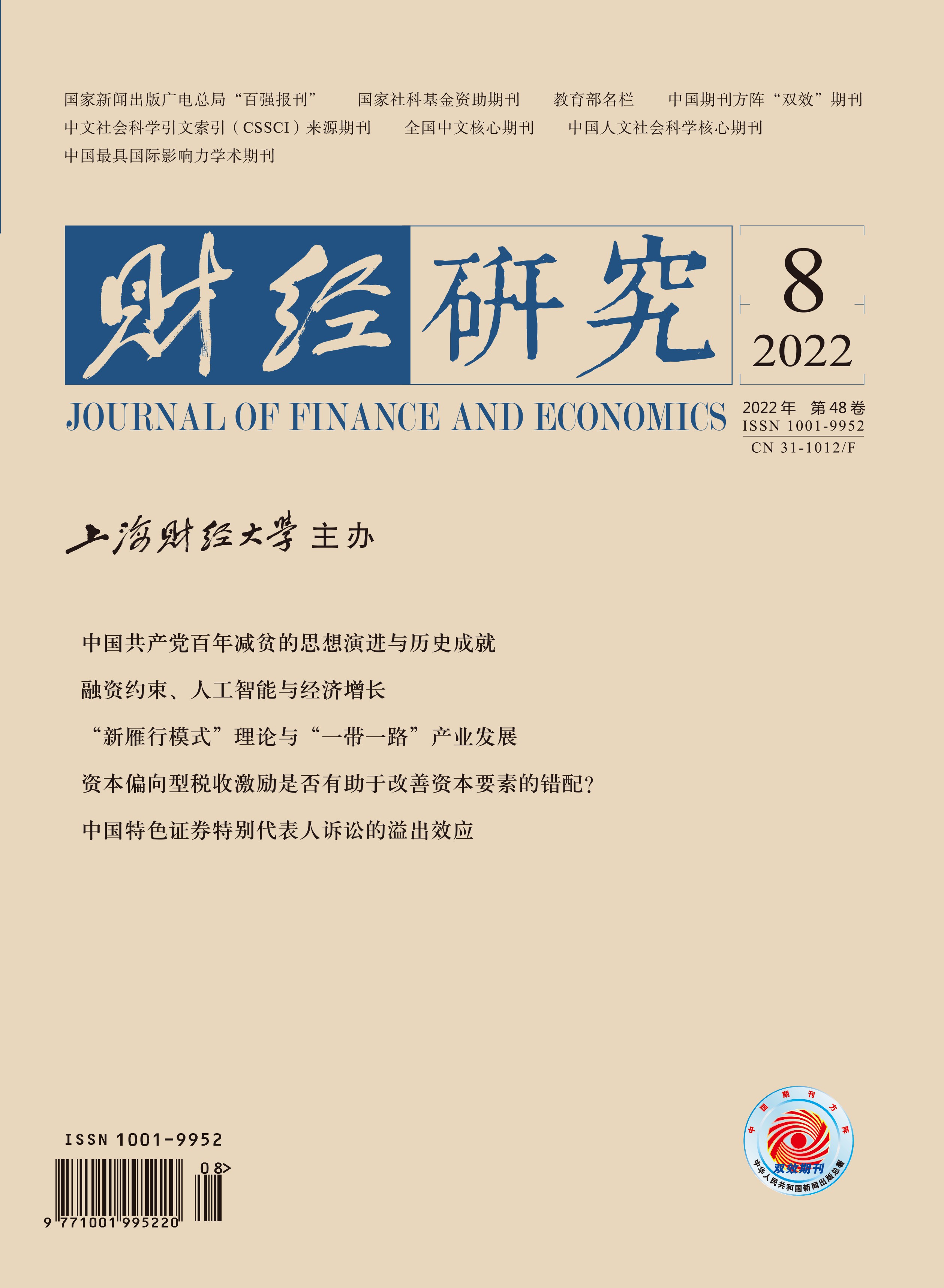With the current significant global economic contraction and complex international environment, impoverished Chinese households are facing new challenges. Although China has made certain achievements in poverty eradication, it is of great necessity to prevent the occurrence of large-scale return-to-poverty in order to ensure effective poverty alleviation. However, in some regions, households who have escaped from poverty are vulnerable to return-to-poverty due to their own lack of willingness and ability to develop. In other words, such households lack sufficient internal driving force to escape from poverty as well as have low accumulation of the household financial assets needed to withstand volatile and stochastic risk shocks.
This paper explores the complex role of internal driving force in preventing return-to-poverty among groups that have escaped from poverty. It is found that: (1) Increasing the level of internal driving force of households who have been lifted out of poverty can significantly reduce the occurrence of return-to-poverty, and this effect is more pronounced among households whose poverty is caused by huge tuition fees. (2) Internal driving force has a dampening effect on the risk of return-to-poverty by increasing the risk resilience of households out of poverty. (3) The results of the Sharpe decomposition show that the contribution of capable internal driving force is greater than that of spiritual internal driving force. Therefore, we argue that the government should focus on the internal driving force of poverty eradication, giving priority to developing capable internal driving force in the short term, and cultivating spiritual internal driving force in the long term. Promoting education assistance, implementing skill training, and reducing education costs have important policy implications for preventing the risk of return-to-poverty among groups out of poverty.
The marginal contributions of this paper are as follows: First, it divides the internal driving force of poverty eradication into capable internal driving force and spiritual internal driving force, and constructs an innovative measurement framework of the internal driving force of households out of poverty. Second, targeting the important “out of poverty and back to poverty” group, it provides a feasible theoretical analysis to clarify the internal logic between the internal driving force of poverty alleviation and the risk of return-to-poverty. Third, it measures the level of internal driving force based on primary micro data obtained from the actual research, and verifies for the first time the causal relationship between the internal driving force of poverty eradication and the risk of return-to-poverty from an empirical perspective.





 3340
3340  3074
3074

